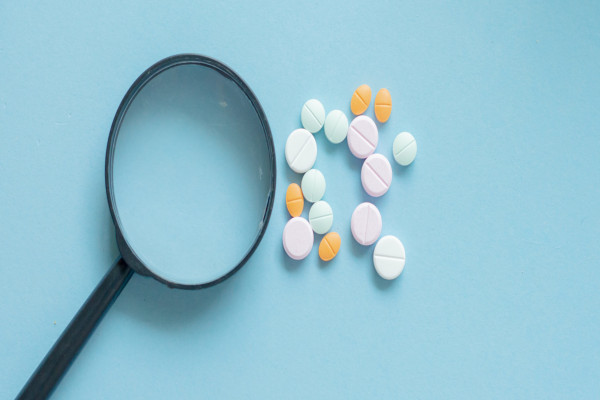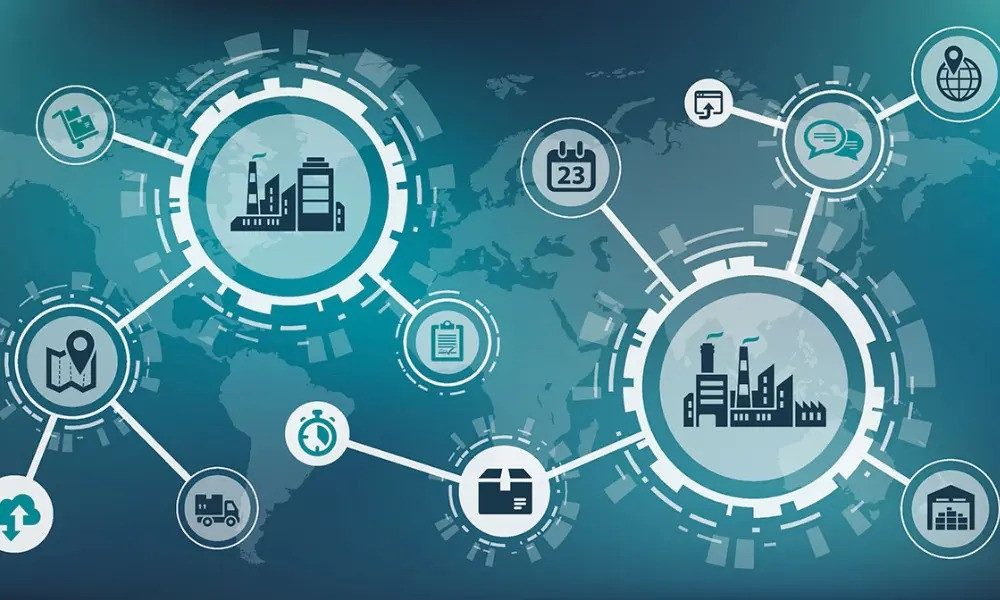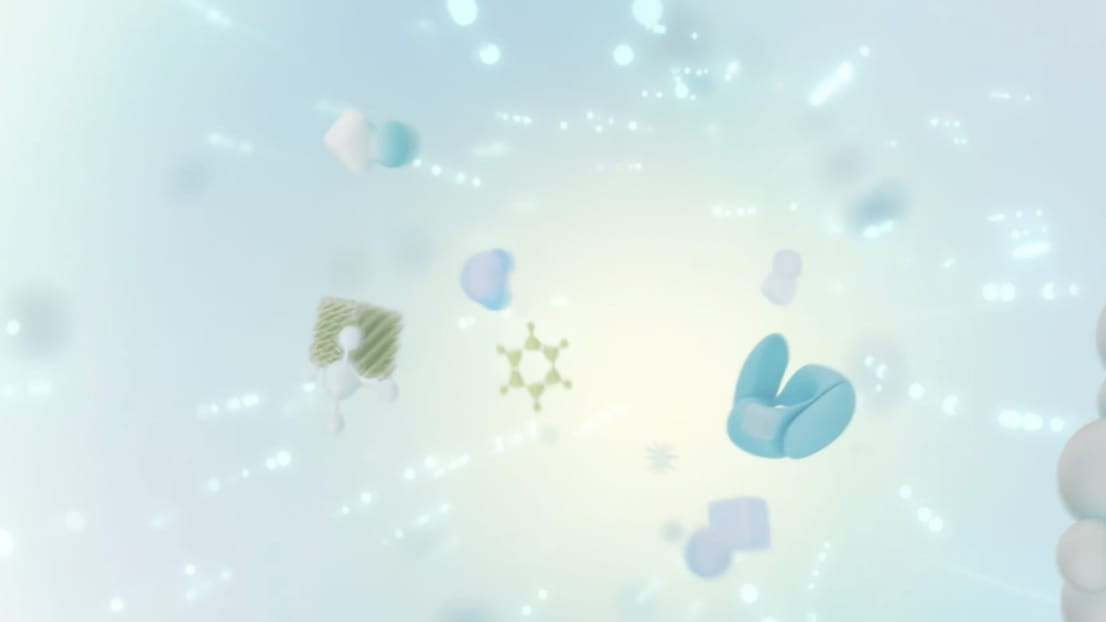Next-Gen Pharmacovigilance: How Data Analytics is Shaping Drug Safety Monitoring
Event Date : 23-Apr-2024
In the critical realm of drug safety, pharmacovigilance stands as a guardian, ensuring the well-being of patients and the integrity of pharmaceutical markets. The advent of data analytics has ushered in a new era for pharmacovigilance, transforming it from a reactive to a proactive and predictive discipline.
The Evolution of Pharmacovigilance
Pharmacovigilance has evolved significantly from its inception. Initially reliant on manual reporting and analysis, the field has embraced digital advancements, evolving into a dynamic and data-driven practice. This transition is pivotal, considering the expanding volume of data from diverse sources, necessitating advanced analytics to glean meaningful insights for drug safety.
Role of Data Analytics in Modern Pharmacovigilance
Data analytics in pharmacovigilance isn't just about handling large data volumes; it's about smarter, more precise monitoring. Techniques like real-time data monitoring, predictive analytics, and AI-driven signal detection are revolutionizing how potential safety issues are identified and addressed, offering a lens into the future of drug interactions and adverse effects.
Benefits of Data-Driven Pharmacovigilance
● Enhanced Detection: Data analytics enables the swift identification of drug safety signals, often before they would be apparent through traditional methods.
● Proactive Risk Management: Predictive tools allow for the anticipation of adverse reactions, fostering proactive risk mitigation strategies.
● Regulatory Compliance: With regulatory bodies emphasizing data-driven decision-making, analytics supports compliance with stringent safety regulations.
Implementing Data Analytics in Pharmacovigilance Processes
Incorporating data analytics into pharmacovigilance is a multifaceted process that involves data collection, analysis, and interpretation. Key steps include integrating diverse data sources, employing advanced analytical tools, and fostering collaboration across pharmacovigilance and data science teams to interpret findings and translate them into actionable insights.
Challenges and Considerations
While the potential of data analytics in pharmacovigilance is immense, challenges persist. These include ensuring data privacy, managing the complexity of data integration, and addressing the skills gap in data science within pharmacovigilance teams. Strategies to overcome these hurdles are essential for harnessing the full potential of data analytics in enhancing drug safety.
Future Perspectives
The future of pharmacovigilance lies in leveraging emerging technologies like machine learning, natural language processing, and blockchain to further enhance drug safety monitoring. These advancements promise a new frontier where pharmacovigilance is not only about detecting risks but predicting and preventing them before they occur.
Conclusion
Data analytics is redefining pharmacovigilance, offering a pathway to more proactive, predictive, and precise drug safety monitoring. As the pharmaceutical industry continues to evolve, embracing these advanced analytical approaches will be crucial for safeguarding patient health and ensuring the efficacy of pharmacovigilance practices.


Harnessing Blockchain Technology for Pharmaceutical Supply Chain Transparency
Nov, 2024
Learn about the benefits of blockchain, including cost reduction, improved traceability, and increased patient trust.

Unlocking the Potential: The Global Landscape of PD-1/PD-L1 Inhibitors in Oncology
Apr, 2024
The development PD-1 and PD-L1 inhibitors extend beyond Europe and the USA, China emerges as a major contender with numerous approved products and a robust pipeline, positioning it competitively alongside the US FDA.

Bridging the Bacterial Resistance Gap
Mar, 2024
Antibiotic resistance poses a challenging threat to global public health, as evidenced by its direct responsibility for 1.3 million deaths in 2019